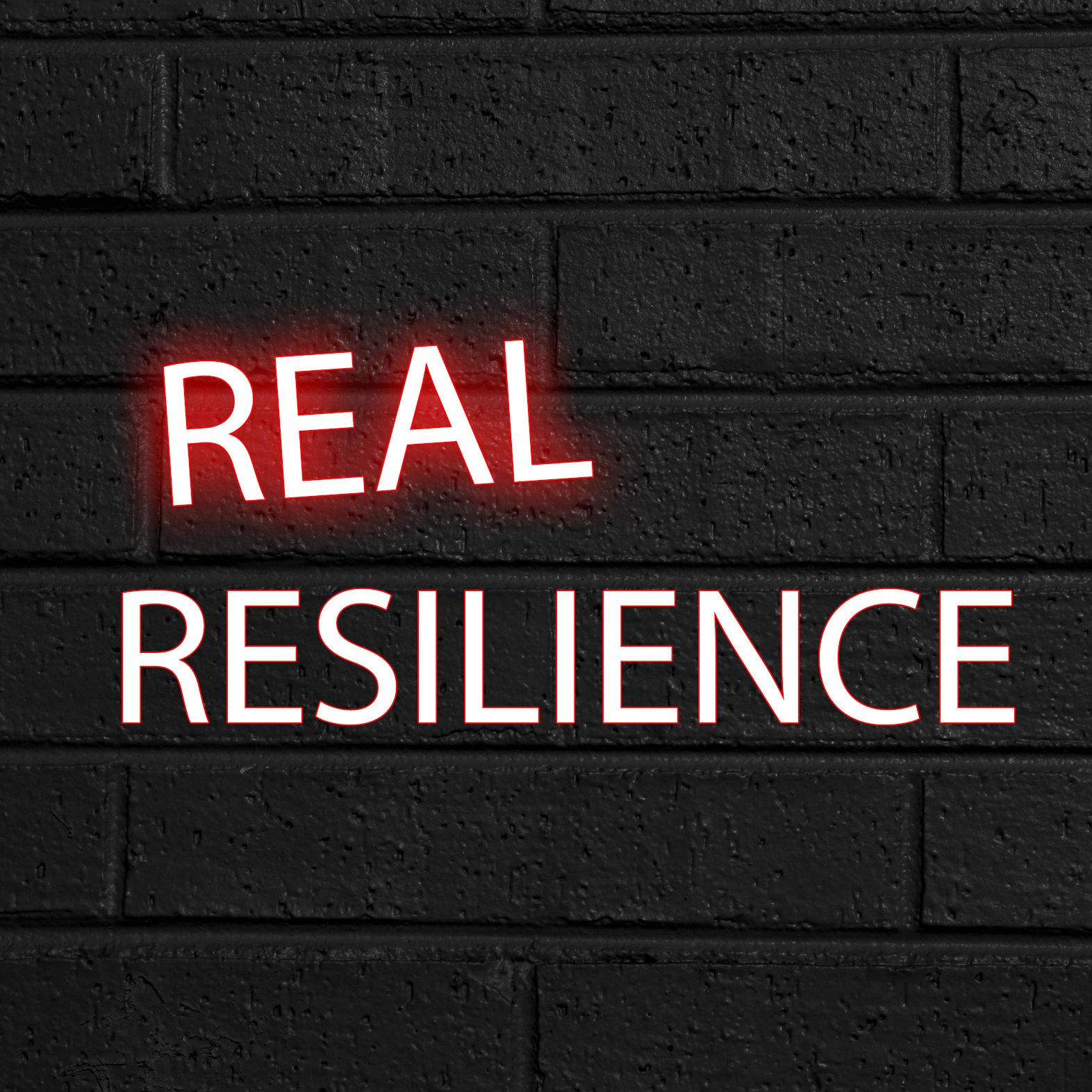In the aftermath of the Covid-19 epidemic, we were painfully aware of the fragile nature of production processes, health care and other vital structures. Many politicians have declared their plan to develop their firms more resiliently, not many understand how to go about it. Few business schools teach durability, and today’s management toolkit is dominated by financial success control. As a result, relatively few organizations are able to plan, assess and maintain durability directly.
Why resilience is so essential
We may usefully describe resilience as the ability of an organization to withstand tension, restore essential functionality and survive under changed circumstances.
Resilience is highly important nowadays because the market world is getting more complex and volatile. This is the product of a variety of persistent factors that disrupt and stretch economic systems — from rapid technological development to greater interconnection of the world economy to larger problems such as increasing inequality, biodiversity extinction, and climate change.
There’s no best explanation of system distress than the corona-virus epidemic. Humans working on the natural world also raised the risk of cross-species diseases. Dense urban communities also promoted a fast initial spread of the disease. International travel has encouraged its worldwide expansion. Extended multinational supply chains have failed. Economic growth has been seriously affected and inequality and socioeconomic problems have been intensified.
The Assessing and Handling Resilience Task
Orthodox management methods have many significant drawbacks that make it impossible to assess and maintain resilience:
Companies were essentially designed to optimize shareholder value by dividends and stock appreciation. Very few organizations really aim to calculate durability through the simple declaration of particular content threats.
Businesses and stockholders often aim to maximize their short-term rate of return. In the other hand, longevity requires a multi-time perspective: to forgo a certain amount of productivity or success now for the sake of more sustainable performance in the future.
Companies are focusing primarily on developing and implementing consistent strategies that perform well when the correlation coefficient is simple, reliable and unalterable. Resilience works with what is uncertain, modifiable, volatile, which unlikely — and has serious implications.
In the recent area of organizational capitalism, every company is handled as a financial island to be configured independently. While this optimizes governance and transparency, it hides the degree of social and economic interdependence between stakeholders. Stability, on the other hand, is the value of the processes: the resilience of an individual company means nothing if its supply base, customer base, or social systems on which it relies are broken.
Managing durability thus involves more than just grafting new concepts or techniques onto existing methods. It takes a radically different theoretical business model — one that accepts ambiguity, volatility, interdependence, machine analysis, and a multi-time viewpoint.
Of course, several businesses are now conducting a sort of risk management — but mainly to identify and mitigate exposure to real, defined risks. Resilience must also cope with unforeseen threats, and must recognize the changes and transitions that an organization must create in order to withstand and even benefit from environmental stress.
Substantial resilience creating
By implementing six long-term management concepts, businesses will organize their structures, and decision-making processes for resilience:
Redundancy protects processes, even at the cost of short-term performance, from shocks. It may be produced by replication of elements (e.g. several factories manufacturing one product) or by separate elements for the same intent (workable redundancy).
Diverse solutions to new stimuli lead to ensuring processes are not disastrous, even at the cost of normalization efficiencies. In industry, this needs individuals of diverse backgrounds and cognitive styles to be working, but also an atmosphere that encourages different ways of thinking and doing things.
The productivity of a closely organized operational system crashes if forgotten. Since a modular structure of well-defined configurations can be broken down into smaller parts, it can also be more readily interpreted and re-wired in crisis periods.
Fitness is the capacity for checks and mistakes to evolve. It demands a certain degree of complexity or variation, obtained through natural or planned experiments, combined with an iterative selection process, in order to produce the best ideas. Processes and systems in flexible institutions, rather than continuity and limited variation, are structured for adaptation and learning.
Caution means that anything will happen if it is plausibly probable, it would actually be finished. This includes the production of contingency plans and stress checks for plausibility threats with major implications – with which scenario preparation, War Games, early warning alerts, device flaws, and other approaches may be envisaged and trained.
According to best press release distribution service , incorporation is the harmonization of the aims and practices of an organization with those of larger organizations. Long-term sustainability is important when businesses are incorporated into supply chains, market environments, markets, communities and natural habitats.
Finally, businesses may improve their competitiveness by partnering with other firms. Entertaining new technologies and reducing fixed entry costs into the companies that now share assets can improve their mutual resilient through market environments such as digital platforms. Popular networks effectively build “real” protection against the unexpected by engaging in collective development, adaptation and processes of innovation.


